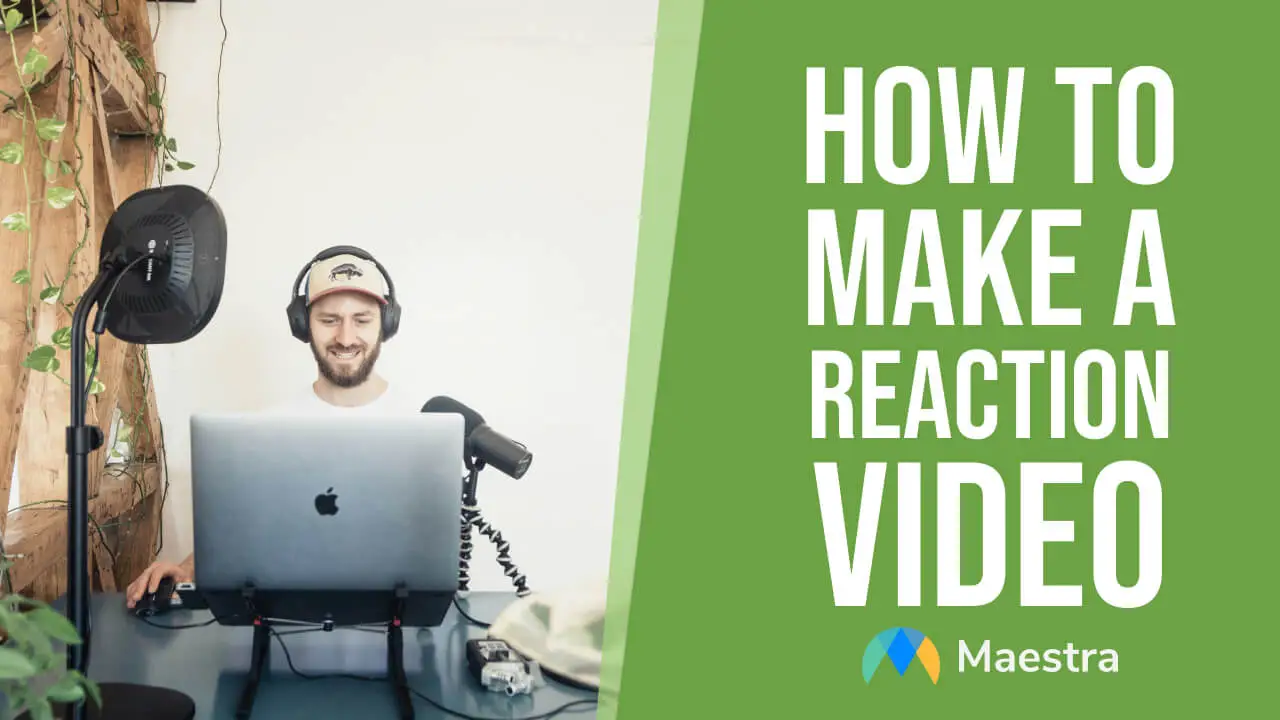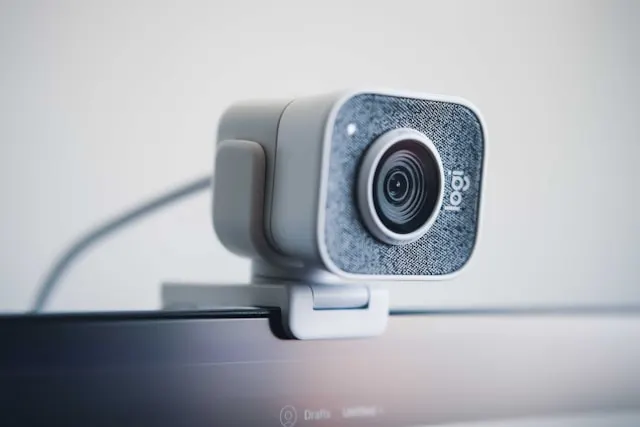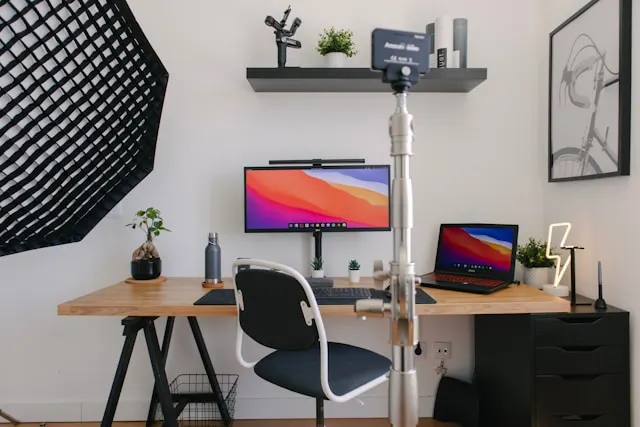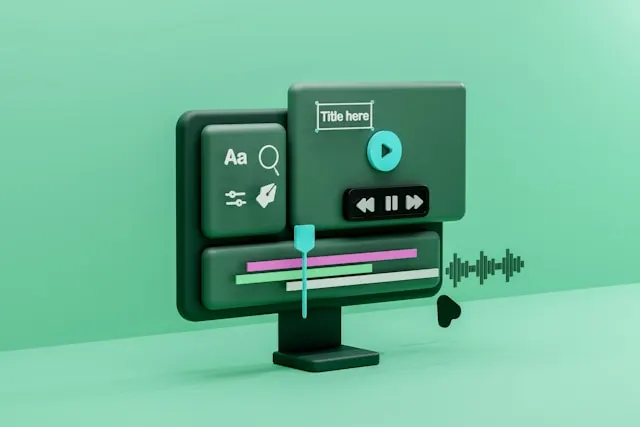How to Make a Reaction Video for YouTube in 5 Steps

We’ve all been there; deep into the excitement of a reaction video. There’s surely something captivating about watching someone else experiencing a piece of media for the first time; whether it’s surprise or laughter. You might be wondering how to make a reaction video on your own, from choosing the right content to editing for maximum impact.
In this blog, we will:
- Explain what a reaction video is and why this format is so loved by many
- List 10 popular types of reaction videos
- Share instructions on how to make a reaction for YouTube
- Offer 7 best practices for creating truly engaging reaction videos
Let’s get started.
What is a reaction video?
A reaction video is a type of online content where an individual or group shares live responses to media like music videos, movie trailers, and more. The primary purpose of these videos is to capture authentic reactions, which are often entertaining and relatable for viewers, creating a sense of shared experience.

Reaction videos typically use a Picture-in-Picture (PIP) or a split-screen format, displaying both the original content and the reactor’s live commentary or expressions. However, sometimes cutaways or overlay commentary are used to focus attention on either the content or the reactor, depending on the context.
Why are reaction videos so popular?
The appeal of reaction videos lies in their ability to showcase genuine emotions, making viewers feel part of the moment. This relatability fosters a sense of connection and builds communities around shared interests.
Content creators also benefit from the simplicity of the format, which allows them to participate in viral trends. In short, knowing how to make a reaction video can turn this type of content into a powerful tool for growing and sustaining an audience.
Add Subtitles to Your Reaction Videos
10 Types of Reaction Videos
Before we delve into the step-by-step process of how to make a reaction video, let’s first examine the variety of reaction content that viewers love to watch and share.
How to Make a Reaction Video for YouTube
In this section, we’ll focus on how to make a reaction video on YouTube, as the platform is ideal for sharing this type of content with a wide audience. (YouTube’s algorithm favors content that sparks emotional responses, which is perfect for reaction videos.)
First, let’s start with the equipment you’ll need during this process. Here is your essential checklist for creating YouTube reaction videos:

Now, let’s move on to the steps on how to make a reaction video:
1. Choose the Content You’ll React to
The key to a great reaction video is to choose content that resonates with both you and your audience, making sure it’s something that sparks genuine reactions and interest.
Tips:
2. Set Up Your Recording Space
A well-organized background, good lighting, and the correct positioning of equipment are crucial for a successful reaction video.
Tips:

3. Record Your Reaction
This is the core step where you’ll engage with the video and share your genuine emotions and thoughts.
Tips:
4. Edit Your Video
In this phase, you’ll refine your footage to ensure your viewers get the best possible reaction experience.
Tips:

5. Export and Upload Your Video
Once your reaction video is edited and polished, it’s time to share it with the world.
Tips:
7 Best Practices for Creating Reaction Videos
Understanding how to make a reaction video is just the start; implementing these best practices will help you refine your approach. Apply them to set your YouTube channel apart with high-quality and relatable reaction videos.

Frequently Asked Questions
How to make music reaction videos on YouTube without copyright?
Knowing how to make a reaction video on YouTube without copyright involves using brief music clips, lowering the volume, and adding transformative commentary. The last step is crucial, as it ensures your content qualifies under fair use by adding value and originality. Additionally, always credit your sources, and if your content adheres to fair use, dispute claims through YouTube’s system. (Remember that fair use is a complex legal concept, and the specific circumstances of each video can vary.)
Who is the biggest reaction channel?
This can be subjective and depends on factors like the number of subscribers of overall impact. Some popular YouTube reaction channels include No Life Shaq, JonTronShow, and Blind Wave. Platforms like Ranker offer detailed lists for a more comprehensive ranking, where people vote for their favorite reaction channels.
How to make a reaction video with phone?
To make a reaction video on your phone, start by recording your reaction with your front camera. Next, use a mobile video maker and editor such as InShot or iMovie to place the video you’re reacting to in a Picture-in-Picture format. Once done, you can add finishing touches like text or transitions, and export your video.
Does TikTok allow reaction videos?
Sure! In fact, reaction videos are a major part of TikTok, where creators can Duet or Stitch with other videos. These features enable creators to respond to or comment to existing videos in a creative way.
Can I use CapCut for reaction videos?
Yes, you can definitely use CapCut for reaction videos. To learn how to make a reaction video on CapCut, you can import your reaction and then add an overlay (Picture-in-Picture) of the clip you’re reacting to. Feel free to utilize CapCut’s various editing tools, including text, transitions, and effects, for a more engaging final product.
Summary
This blog provided step-by-step instructions on how to make a reaction video on YouTube, including both technical and creative aspects. It also shared 10 most popular types of reaction videos, highlighting the reasons why this content format is adored by millions.
Here are our three golden rules for making reaction videos:
- Authenticity is key, as viewers connect better when they see your real, unscripted responses.
- Edit with care by removing unnecessary sections and emphasizing your best moments.
- Always check for copyright guidelines before using original content in your reaction video.
Now that you know how to make a reaction video, it’s time to confidently showcase your personality and creativity.

